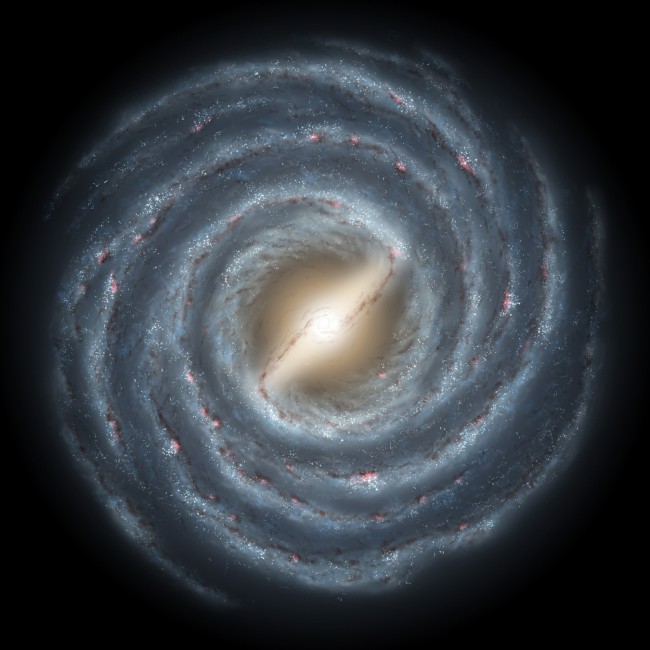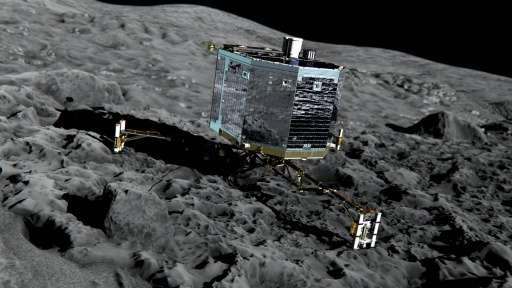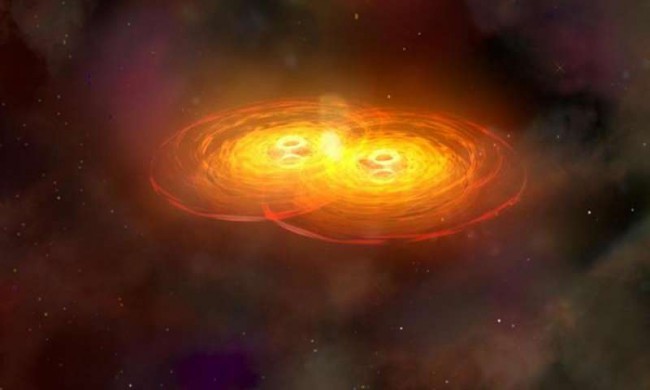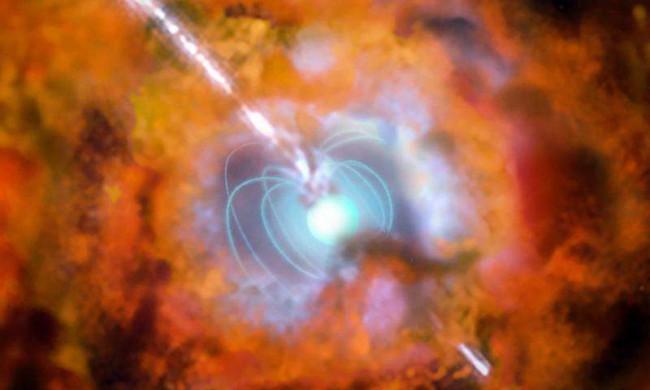Blowing bubbles in the Milky Way’s magnetic field
June 1, 2016 An international team of astronomers has discovered a possible connection between the magnetic fields of supernova remnants and that of our own Milky Way Galaxy. The study, recently published in the journal Astronomy & Astrophysics, found that the orientation of supernova remnants can help astronomers understand the nature and shape of the …
Blowing bubbles in the Milky Way’s magnetic field Read More »





